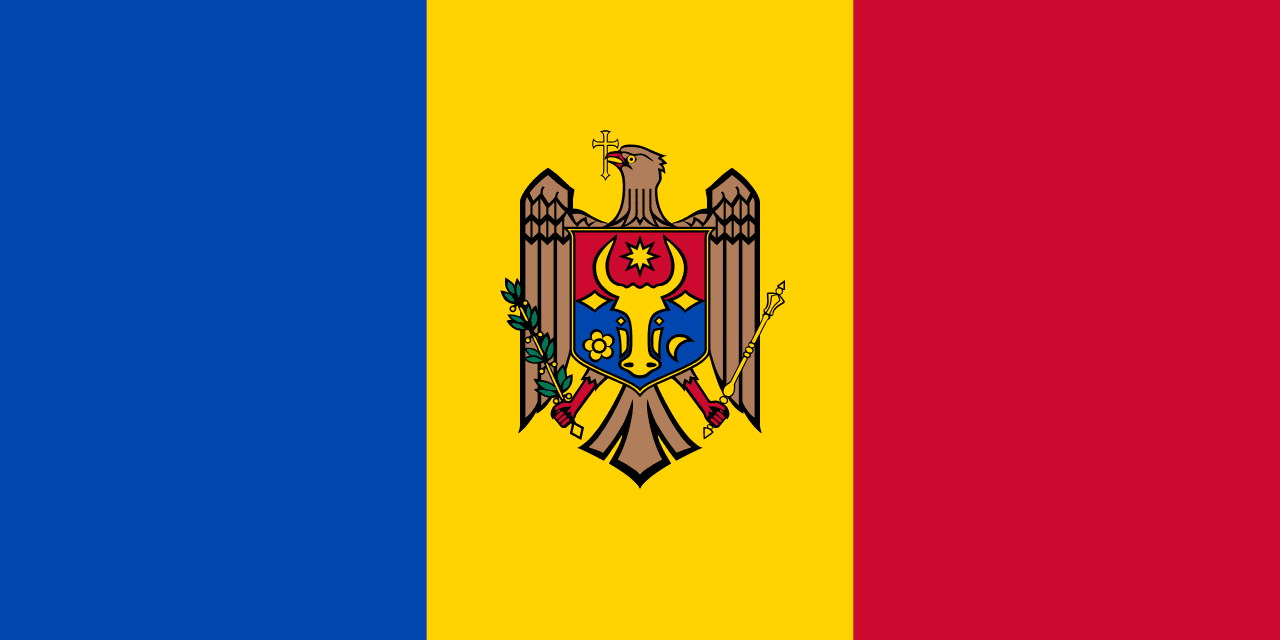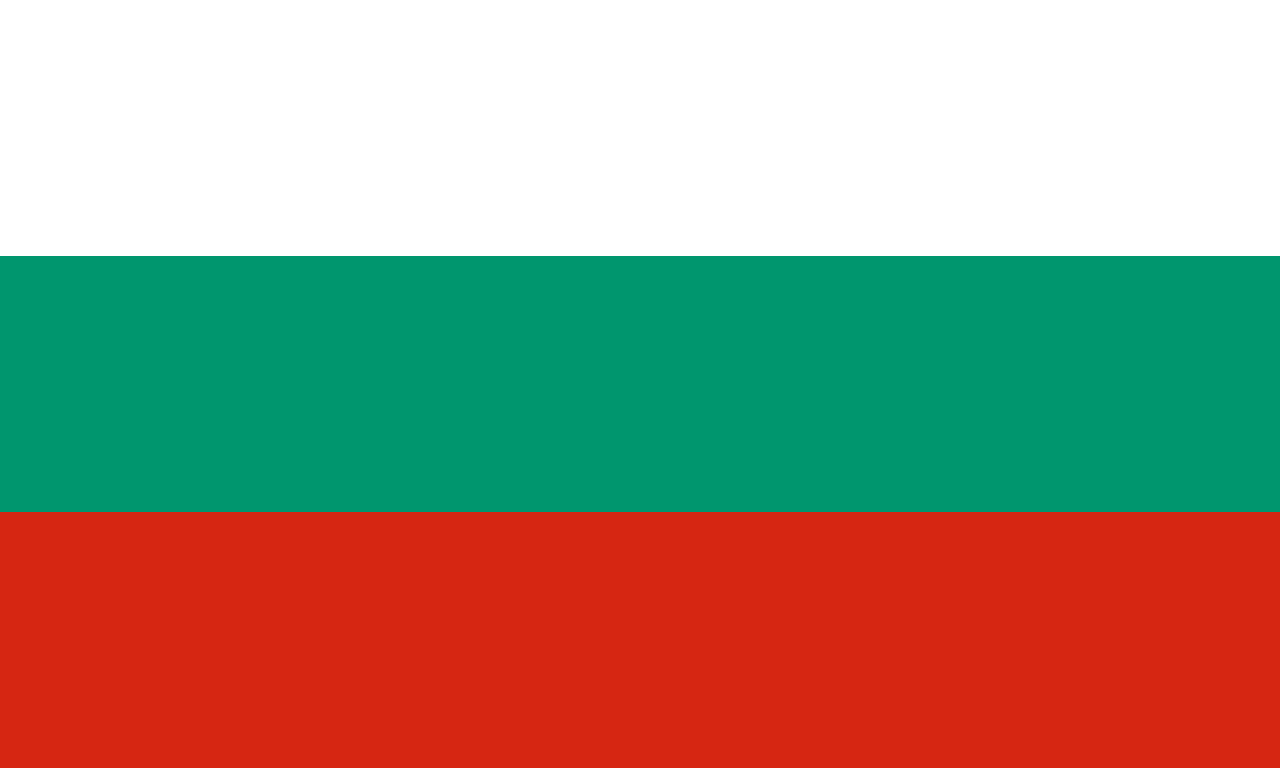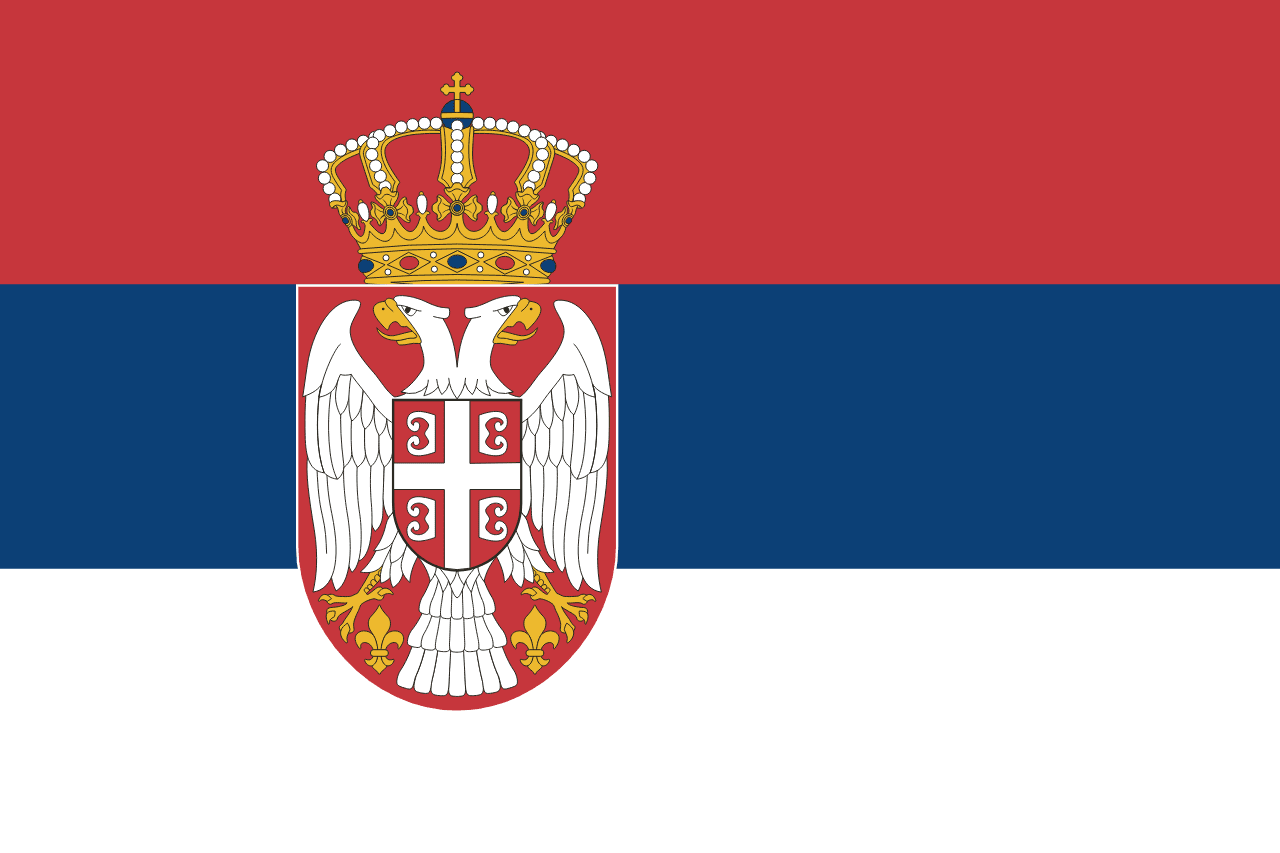Moldova Flag Meaning
Three vertical stripes of blue, yellow, and red with the national coat of arms centered on the yellow stripe, representing Moldova's emergence from Soviet rule and its historical connections to Romanian heritage and European identity.
- Continent
- Europe
- Adopted
- 1990
- Ratio
- 1:2
- Colors
- blue, yellow, red

Symbolism
Blue Stripe: Represents the sky above Moldova and the hope for a peaceful future after independence from Soviet rule. Also symbolizes justice, liberty, and the European aspirations of the Moldovan people.
Yellow Stripe: Symbolizes the golden wheat fields of Moldova's fertile agricultural lands and the prosperity that the country seeks to achieve. Also represents the sun and warmth of Moldovan hospitality.
Red Stripe: Represents the blood shed by Moldovan ancestors defending their homeland and the courage of those who fought for independence. Also symbolizes the strength and determination of the nation.
Eagle with Cross: The golden eagle holding an Orthodox cross represents Moldova's Christian Orthodox heritage and the country's historical connection to the principalities of Moldavia and Wallachia.
Olive Branch and Scepter: The eagle grasps an olive branch (peace) and a scepter (sovereignty), symbolizing Moldova's desire for peaceful independence and legitimate self-governance after centuries of foreign rule.
History
- 14th-16th Century: The historical Principality of Moldavia used various heraldic symbols including eagles and crosses, establishing the basis for modern Moldovan national symbols.
- 1812-1918: Eastern Moldova (Bessarabia) was part of the Russian Empire, using Russian imperial symbols while western Moldova remained under Ottoman and later Austrian influence.
- 1918-1940: Moldova was united with Romania and used Romanian symbols, connecting Moldovan identity with broader Romanian national consciousness.
- 1940-1990: As the Moldovan Soviet Socialist Republic, Moldova used Soviet flags with communist symbols, suppressing traditional Moldovan and Romanian cultural expressions.
- April 27, 1990: The Supreme Soviet of Moldova adopted the current tricolor flag with coat of arms, marking the beginning of Moldova's independence movement from the Soviet Union.
- August 27, 1991: Moldova declared independence from the Soviet Union, and the flag became the official symbol of the newly sovereign Republic of Moldova.
- 1990-Present: The flag has remained unchanged through various political transitions, representing stability and continuity in Moldovan national identity despite regional challenges.
Trivia
- Moldova's flag is very similar to Romania's flag, but Moldova includes the national coat of arms while Romania's flag is a plain tricolor, reflecting shared cultural heritage.
- The breakaway region of Transnistria uses a different flag based on the former Moldovan Soviet Socialist Republic design, highlighting the country's territorial divisions.
- Moldova adopted its flag before officially declaring independence, making it one of the few countries to have its national flag before achieving full sovereignty.
- The coat of arms features an aurochs head (extinct wild ox) on the eagle's chest, connecting to the historical symbol of the Moldovan principality.
- Moldova's flag caused diplomatic confusion early on because of its similarity to Romania's, leading to discussions about potential unification between the two countries.
- The flag appears on Moldovan leu banknotes alongside portraits of historical figures like Stephen the Great, Moldova's most famous medieval ruler.
- During the 1992 Transnistrian conflict, the Moldovan flag became a symbol of territorial integrity and opposition to separatist movements.
- The flag's adoption in 1990 was part of a broader 'rebirth' movement that also restored the Romanian language and Latin alphabet in Moldova.
- Moldova is one of the few former Soviet republics whose flag directly references pre-Soviet historical symbols rather than creating entirely new designs.
- The flag protocol in Moldova requires it to be displayed on government buildings and during official ceremonies, particularly on Independence Day (August 27).
- Moldovan wine producers often incorporate the flag colors into their labels and marketing, connecting national identity with the country's famous wine industry.
- The flag appears prominently during the annual Wine Festival, one of Moldova's most important cultural celebrations that attracts international visitors.
- European Union discussions about Moldova often feature the flag prominently, as it represents the country's aspirations for European integration.
- The flag has been carried by Moldovan protesters during various political demonstrations, serving as a symbol of democratic aspirations and European orientation.
- Moldova's national football team displays the flag at international matches, where it's often confused with Romania's flag by international audiences unfamiliar with the coat of arms difference.
Related Countries

Ukraine
Europe
Two horizontal bands of blue over yellow, representing the blue sky over golden wheat fields that symbolize Ukraine as the 'breadbasket of Europe,' with colors that have represented Ukrainian identity for centuries and were officially adopted after independence from the Soviet Union.

Romania
Europe
A vertical tricolor of blue, yellow, and red, representing the unity of Romania’s historical regions. The design dates to the 19th century and was restored after the fall of communism in 1989.

Bulgaria
Europe
Three horizontal stripes of white, green, and red representing peace and freedom, the agricultural wealth of the nation, and the courage and blood of Bulgarian patriots who fought for independence.

Slovakia
Europe
A horizontal tricolor of white, blue, and red with the Slovak coat of arms placed toward the hoist. The coat of arms features a double silver cross rising from three blue hills, symbolizing Christianity and Slovakia’s mountainous landscape.

Hungary
Europe
Three horizontal stripes of red, white, and green representing strength, faithfulness, and hope, with colors rooted in medieval Hungarian heraldry and the struggle for independence from foreign rule.

Serbia
Europe
A horizontal tricolor of red, blue, and white with the national coat of arms offset toward the hoist. The coat of arms features a double-headed white eagle, the Serbian cross, and a royal crown.